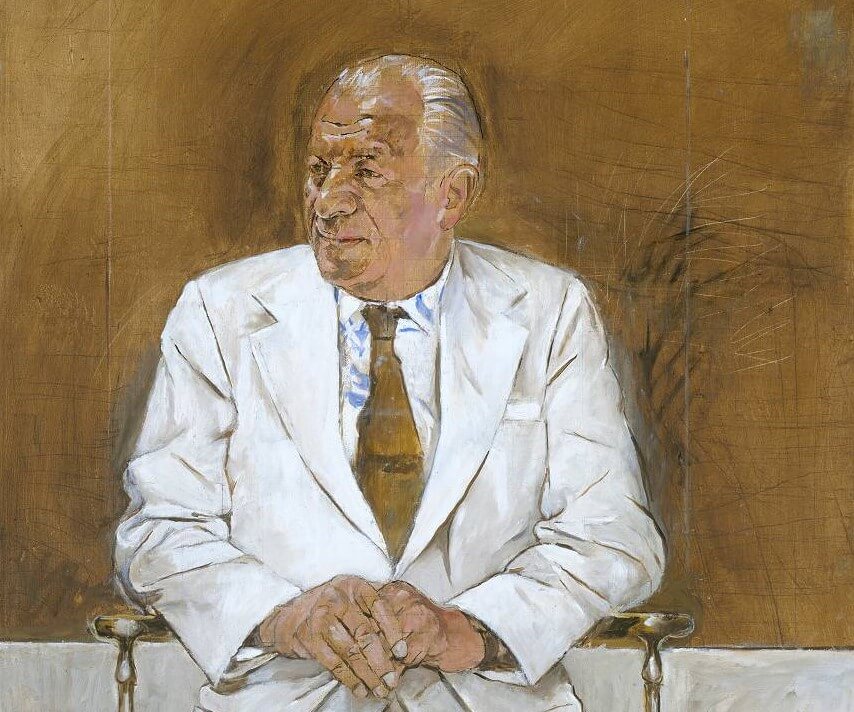Today in our ‘Great Collectors through the Ages’ series, we’ll be looking at a name that will be familiar to regular visitors of the Tate Britain, Dulwich Picture Gallery, British Museum, Royal Opera House, Royal Academy of Art, and many more: Sir Charles Clore. A financier and property developer, Clore was also a noted philanthropist whose donations made a huge impact on the arts in Britain. He was Latvian-Jewish by birth, and capable of identifying opportunities that others missed: Clore earned his first substantial profit in business when he was just 21, buying and reselling the television rights to a significant boxing match, in the early days of TV. One story recalls how Clore, as a boy, was sent by his tailor father to deliver a pair of trousers to Harry Selfridge. When the department store owner asked what he wanted to do when he grew up, Clore is said to have replied: ‘own the store’. He went on to do exactly that.
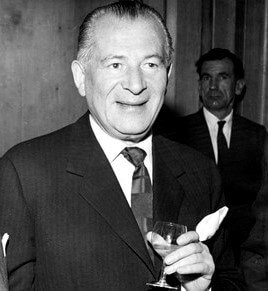

Sir Charles Clore
The Clore Gallery at Tate Britain was built in 1980-87 to house a rotating exhibition of the Turner Bequest, the world’s largest collection of artworks by J.M.W. Turner. Clore was nicknamed ‘Santa Clore’ for his generosity, and knighted in 1971 in recognition of his philanthropy.
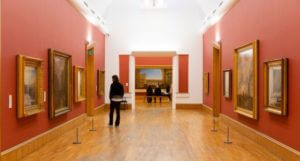

Installation view of one of the rooms dedicated to the world’s largest collection of J.M.W. Turner’s paintings, Clore Gallery, Tate Britain, London
His legacy lives on in the Clore Duffield Foundation, now chaired by Clore’s daughter Dame Vivien Duffield. In 2014, the Royal Academy of Arts received £1 million to help build the Clore Learning Centre as part of the Burlington Gardens redevelopment. As of 2017, the Clore Foundation had given away nearly £200 million in England and at least as much to charitable causes in Israel.
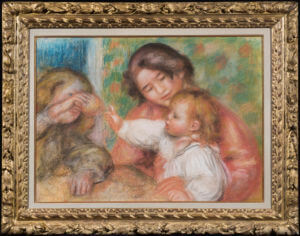

P.A. Renoir, Jean Renoir, Gabrielle et fillette, c. 1895-96
As well as a benefactor, Clore was a notable collector whose residence in Monaco was hung with masterpieces of Impressionism by Monet, Pissarro, Renoir, and many others. Among the works by Renoir in the collection was the artist’s accomplished and highly finished pastel Jean Renoir, Gabrielle et fillette (c. 1895-96), sold by Dickinson to a private collector. This work belongs to a series of paintings and drawings devoted to the subject of Renoir’s second son Jean, born on 15 September 1894, and Gabrielle Renard, a young nursemaid from Essoyes who arrived as household help and went on to become one of Renoir’s favourite models (it was also Gabrielle who posed for the artist’s 1903 Femme nue couchee (Gabrielle), sold by Dickinson to the Museum of Fine Arts in Budapest). Renoir was fascinated by childhood, seeking to capture in his paintings of children their responses to visual experiences.
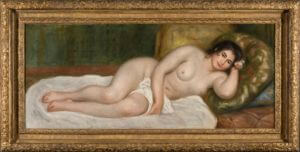

P.A. Renoir, Femme nue couchee (Gabrielle), 1903, sold by Dickinson at TEFAF 2019


